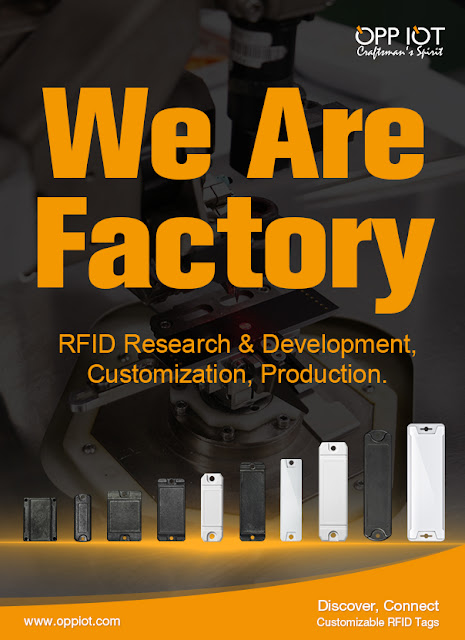RFID (Radio Frequency Identification) technology has a wide range of applications in manufacturing, offering several benefits that enhance efficiency, accuracy, and visibility across the production process.
Here are some key uses and advantages of RFID in manufacturing:
Applications of RFID in Manufacturing
1.Inventory Management:
- Automated Tracking: RFID tags can automatically track raw materials, work-in-progress items, and finished goods, providing real-time inventory visibility.
- Stock Level Monitoring: Helps in maintaining optimal stock levels by alerting when reordering is necessary.
2.Asset Management:
- Tool Tracking: Ensures that tools and equipment are available and properly maintained.
- Asset Utilization: Monitors the usage and location of assets, reducing downtime and improving productivity.
3.Production Control:
- Process Monitoring: Tracks each stage of the production process, ensuring that operations are performed correctly and on schedule.
- Quality Control: Ensures that each product meets quality standards by providing detailed tracking of manufacturing steps and materials used.
4.Supply Chain Management:
- Shipment Tracking: Provides visibility into the location and status of shipments throughout the supply chain.
- Traceability: Improves traceability of parts and materials, facilitating recalls and compliance with regulatory requirements.
5.Work-in-Progress (WIP) Tracking:
- Real-time Updates: Provides real-time updates on the status of items in production, enabling better scheduling and workflow management.
- Bottleneck Identification: Identifies and addresses bottlenecks in the production process.
6.Employee Management:
- Access Control: Controls access to sensitive areas of the manufacturing facility.
- Time and Attendance: Automates the tracking of employee time and attendance.
Benefits of RFID in Manufacturing
1.Increased Efficiency:
- Reduces manual data entry and errors.
- Speeds up the process of locating items and tools.
2.Enhanced Accuracy:
- Provides accurate and real-time data on inventory and production status.
- Reduces discrepancies and improves audit trails.
3.Improved Visibility:
- Offers end-to-end visibility of the production process and supply chain.
- Helps in making informed decisions based on real-time data.
4.Cost Savings:
- Reduces labor costs by automating tracking and data collection.
- Minimizes losses due to theft, misplacement, and overstocking.
5.Better Quality Control:
- Ensures that products meet quality standards through detailed tracking and monitoring.
- Facilitates root cause analysis in case of defects.
Implementation Considerations
1.Tag Selection:
- Choose the right type of RFID tag (passive, active, or semi-passive) based on the application requirements.
- Consider environmental factors such as temperature, moisture, and interference.
2.Reader Placement:
- Strategically place RFID readers to ensure optimal coverage and data capture.
- Ensure that readers are compatible with the selected tags.
3.Integration with Existing Systems:
- Integrate RFID technology with existing ERP, WMS, and MES systems for seamless data flow.
- Ensure that software solutions can handle the data generated by RFID systems.
4.Data Management:
- Implement robust data management practices to handle the large volume of data generated by RFID.
- Ensure data security and privacy.
5.Training and Support:
- Provide training to employees on the use and benefits of RFID technology.
- Ensure ongoing support and maintenance of the RFID system.
By implementing RFID technology, manufacturers can significantly enhance their operations, leading to increased productivity, reduced costs, and improved product quality.



